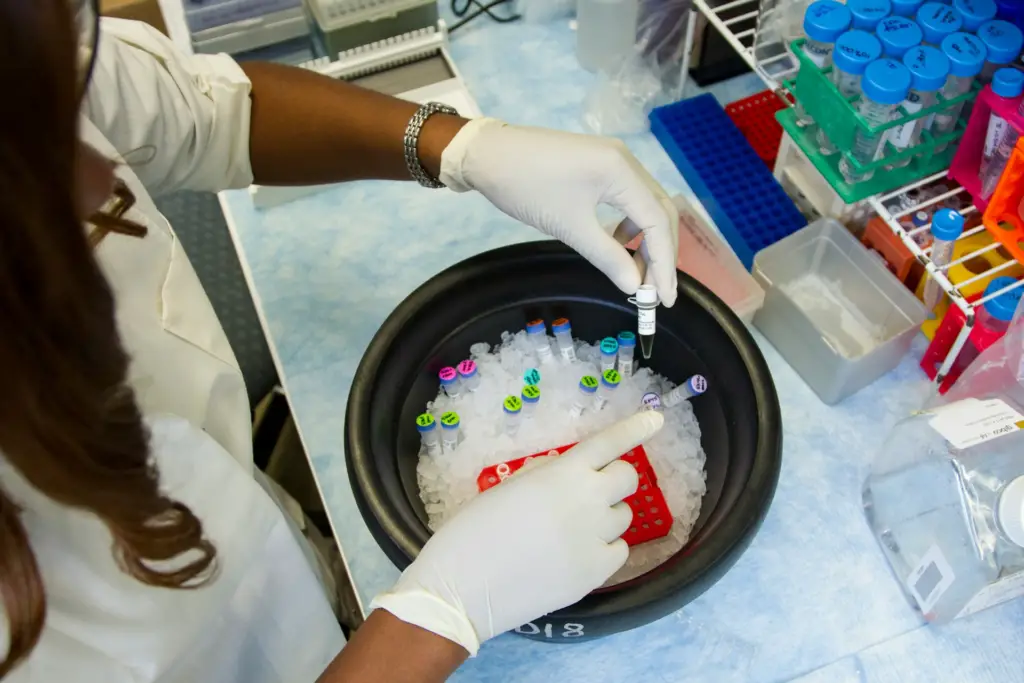
Clinical studies play a vital role in pushing forward advancements and broadening our knowledge of various health conditions. Whether you’re contemplating participation in a trial or a researcher gearing up to conduct one, it’s crucial to grasp the different types, phases, and strategies for recruitment.
This article aims to walk you through the facets of trials, offering valuable insights for both participants and researchers. Arming yourself with this information can help you find the best clinical trial recruitment services and achieve other goals.
Types of Clinical Trials
● Treatment Studies
In treatment trials, new interventions are investigated to assess their effectiveness in addressing health issues. These interventions may include medications or therapy modifications in dosage or administration techniques of existing treatments or combinations of therapies.
● Prevention Studies
Prevention trials focus on discovering approaches that lower the risk of developing diseases or conditions. Participants might be assigned a treatment, placebo, or no treatment at all. These studies are instrumental in evaluating the efficacy and safety of interventions intended to prevent health problems.
● Diagnostic Studies
Diagnostic trials scrutinize methods for identifying and diagnosing diseases or conditions. They assess the performance of tools, like blood tests, imaging technologies, or genetic markers, that facilitate early detection and accurate diagnosis.
● Observational Studies
In contrast to treatment trials, where participants are given treatments, observational studies involve observing individuals over time without any interference from researchers. These studies offer insights into the progression of diseases, risk factors, and long-term effects in real-world settings.
Clinical Trial Phases
● Phase 0
Phase 0 trials are investigations carried out with a group of fewer than 15 individuals to determine if a drug reaches its intended target in the body. They help researchers understand how drugs interact within systems before moving on to larger-scale studies.
● Phase 1
During phase 1 trials, researchers evaluate the safety profiles of drugs by monitoring volunteers or a small number of patients. The main goal is to establish the dosage range of the drug and identify any side effects it may have.
● Phase 2
Phase 2 trials involve groups and focus on assessing the effectiveness and optimal dosage of the treatment or intervention. Researchers track participants to evaluate how well they treat the targeted condition while ensuring safety measures are maintained.
● Phase 3
Phase 3 trials are conducted on a scale typically involving hundreds or thousands of participants. These new trials are based on the outcomes observed in phase 2, aiming to gather information on the benefits of the treatment, compare it with existing treatments or placebos, and further assess any potential side effects.
● Phase 4
Also referred to as marketing surveillance studies, these trials occur after a drug has been granted regulatory approval. The main objective is to monitor its safety in real-world settings over the term and investigate any side effects that may not have been previously recognized.

Tips for Recruiting Participants for Clinical Trials
● Establish Partnerships With Healthcare Providers
Building relationships with healthcare providers is essential for effectively recruiting participants for your trial. Collaborating with doctors and specialists enables you to reach individuals who meet the eligibility criteria for your study.
● Utilize Patient Registries and Databases
Patient registries and structured databases can help you identify participants who have shown interest in participating in research studies. These resources are tools for targeting your desired audience.
● Work Closely With Advocacy Groups
Teaming up with advocacy groups focused on health conditions allows you to engage with individuals who actively seek opportunities to contribute to advancing research in their fields.
● Implement Recruitment Strategies
Introducing technology into your recruitment approach can significantly improve outreach and engagement levels among participants. Utilizing social media platforms, online communities, and digital marketing can expand your reach and attract candidates for recruitment.
● Educating Communities On Trials
Many individuals harbor misconceptions or anxieties regarding involvement in trials. Hosting workshops, online seminars, and local outreach initiatives can help dispel myths and offer information to address these concerns.
In Conclusion
Clinical trials advance research by providing valuable insights into disease treatment and enhancing patient outcomes. Both potential participants need to weigh their choices, and researchers need to conduct studies to comprehend the trial types, phases, and recruitment methods. By investigating participation opportunities and implementing effective recruitment strategies, we can bridge the gap between medical research advancements and practical application. Whether you are considering participating or leading a trial, as a researcher, this guide equips you with the knowledge to navigate the realm of trials confidently.










